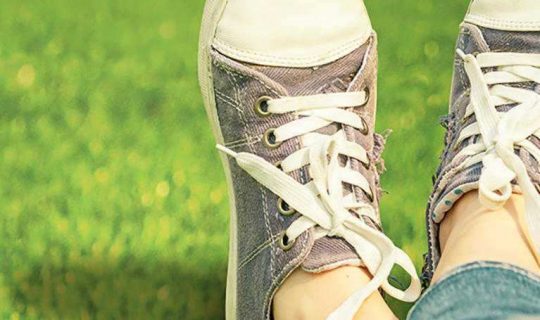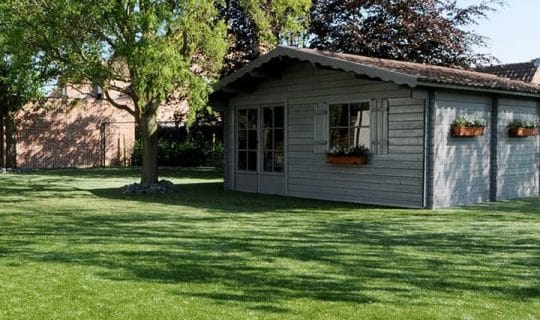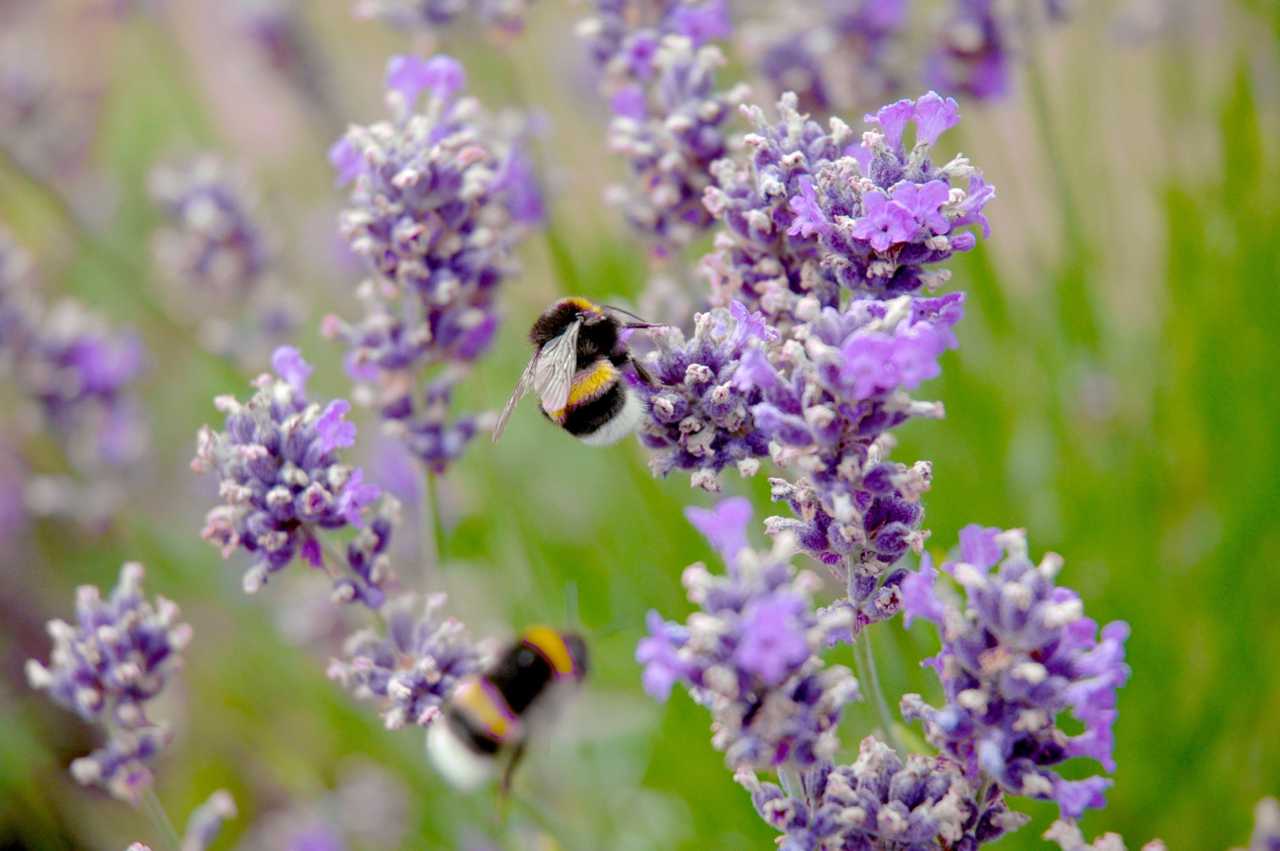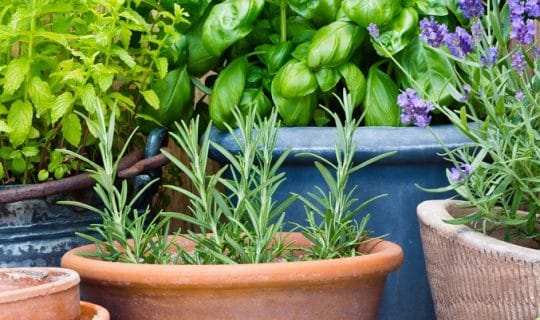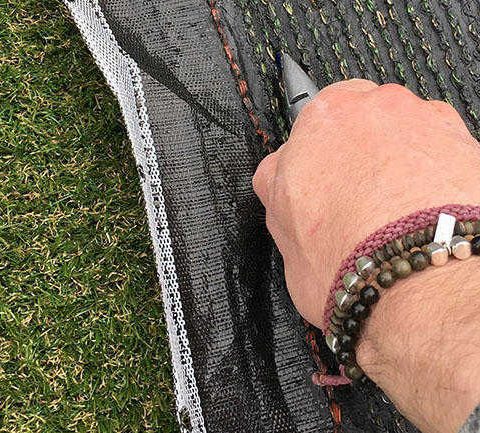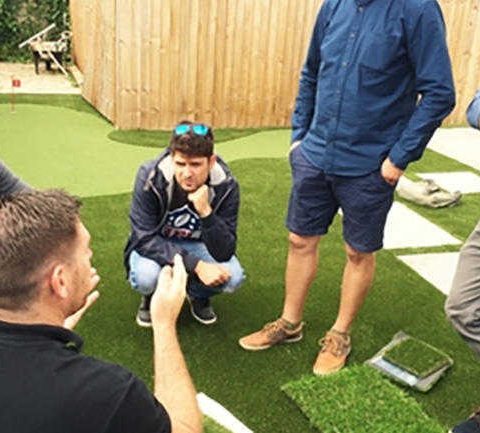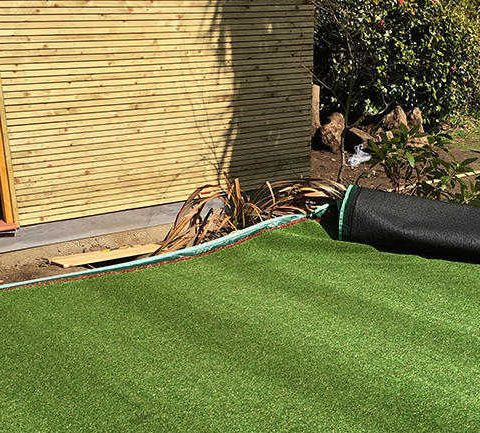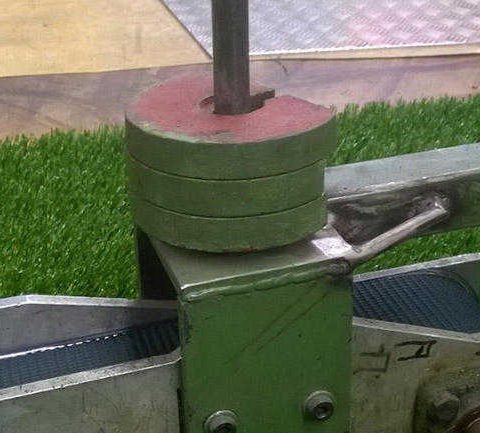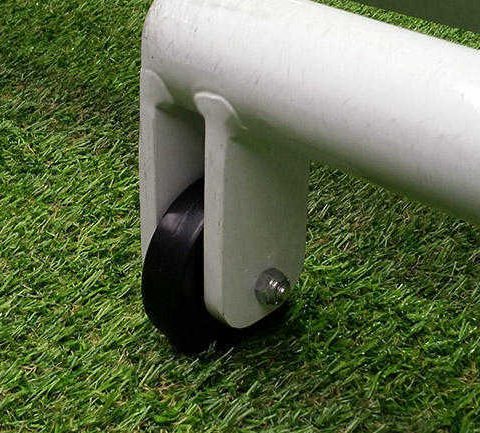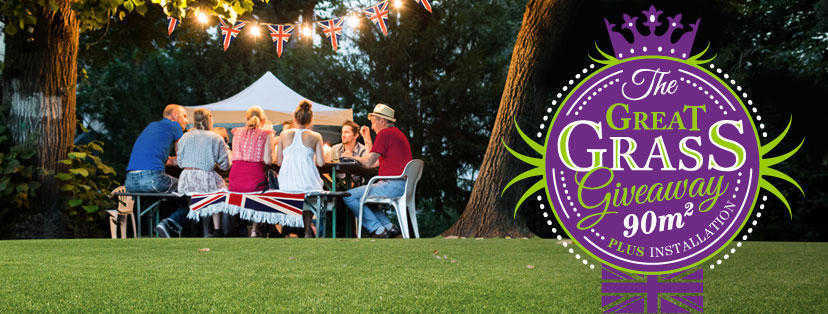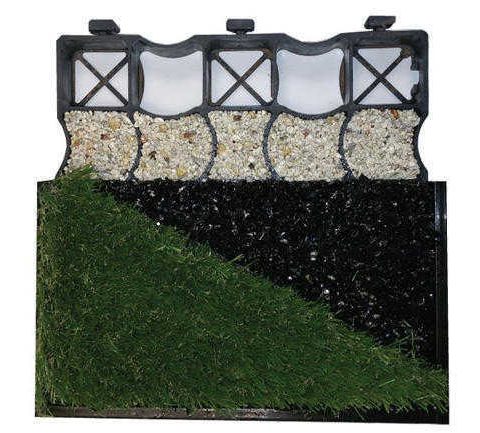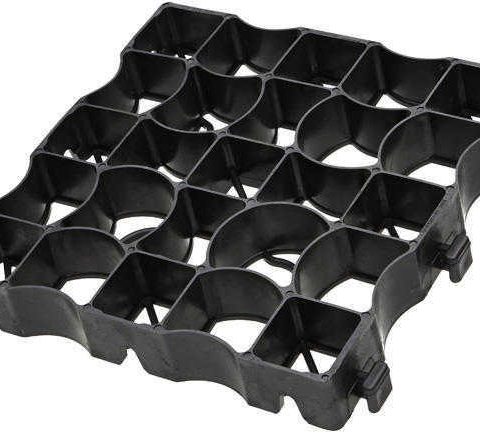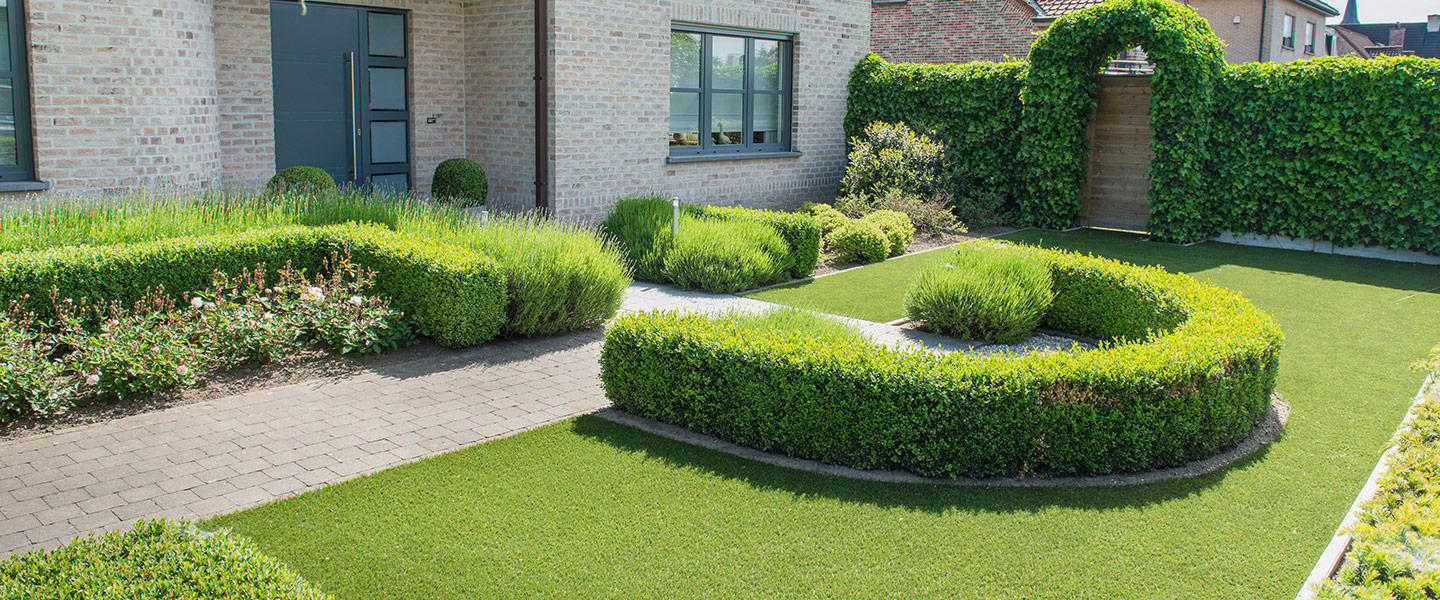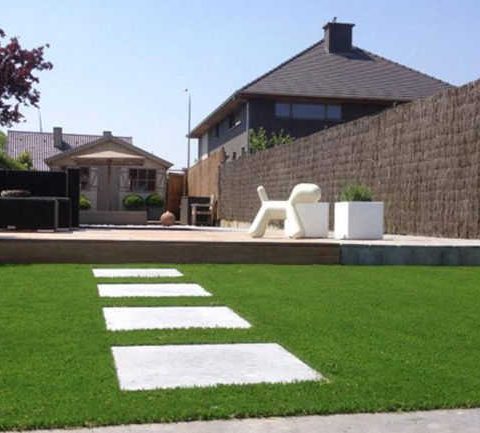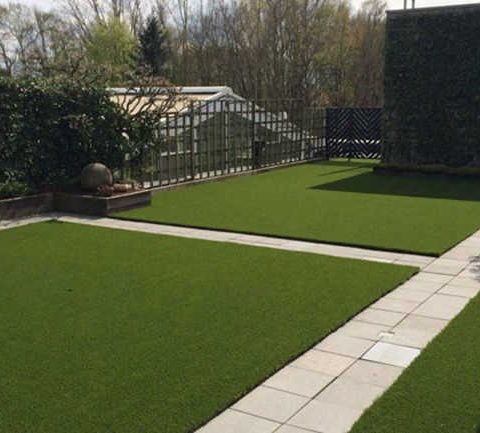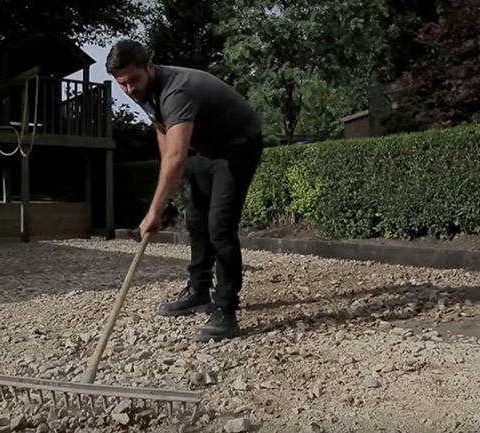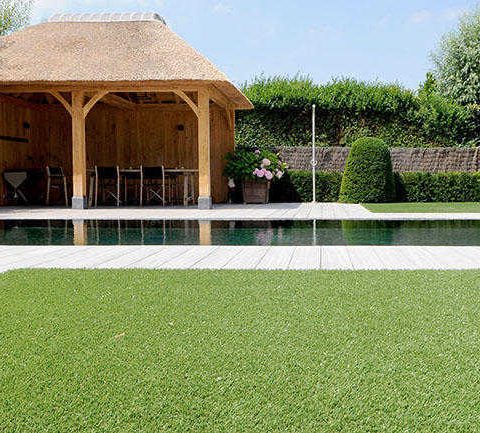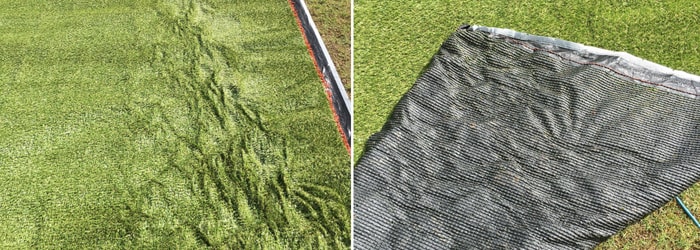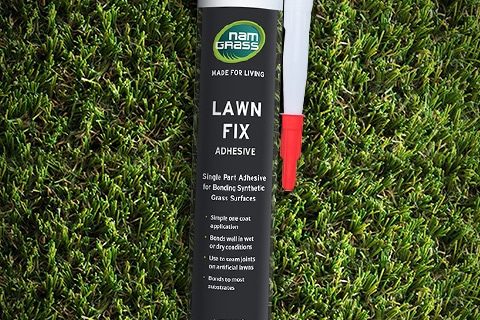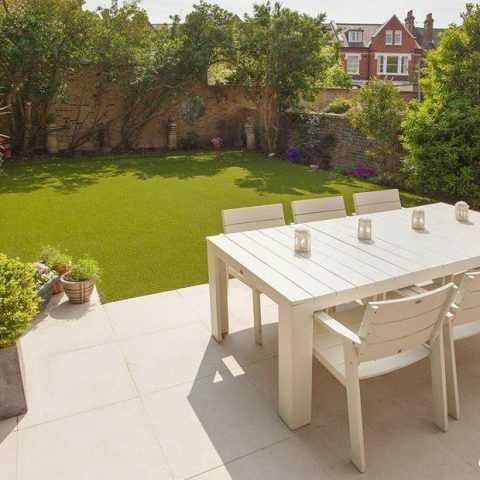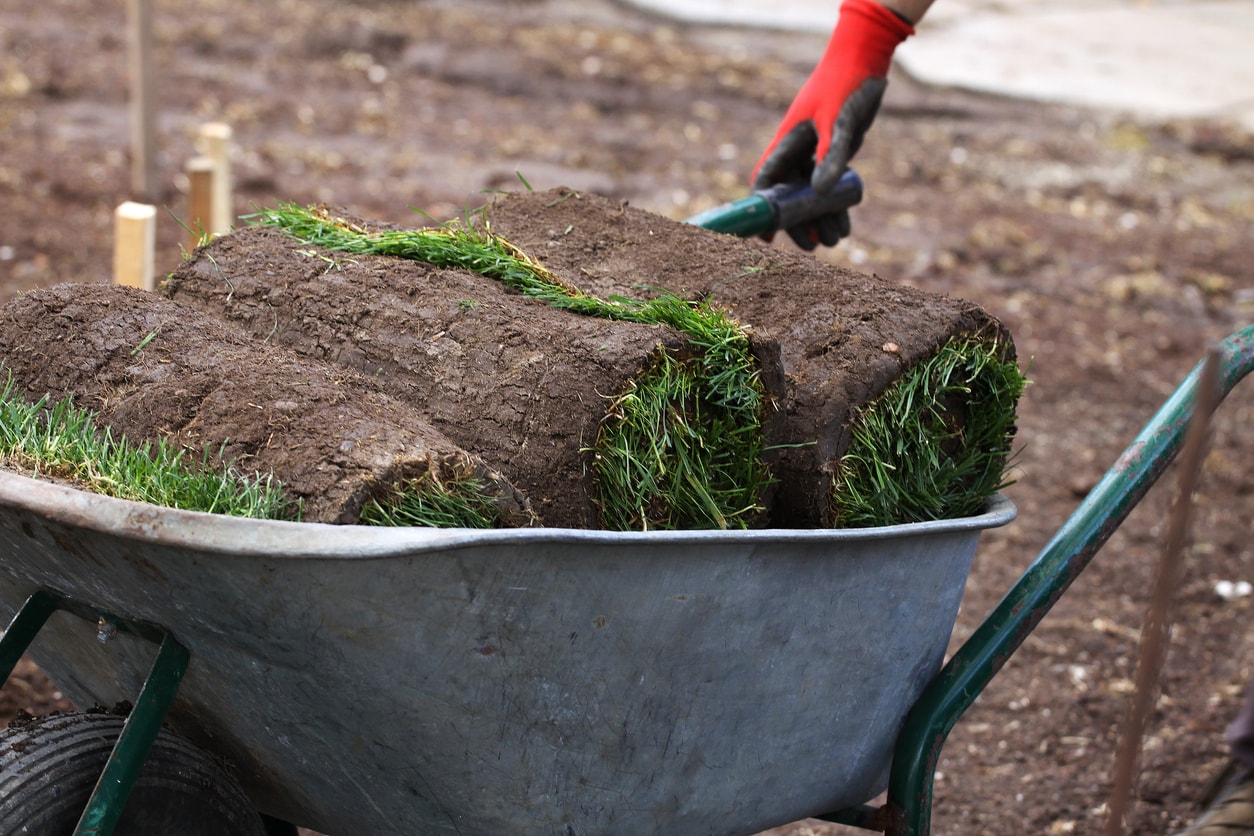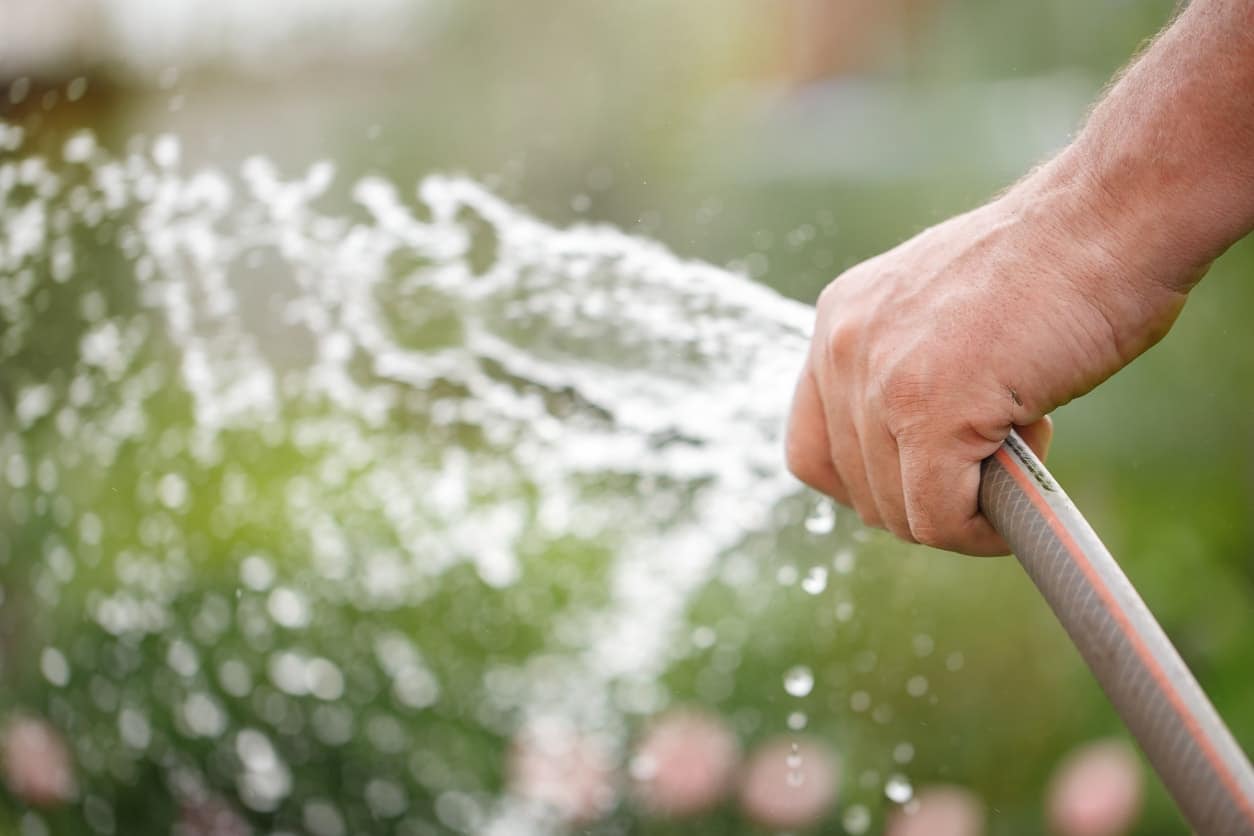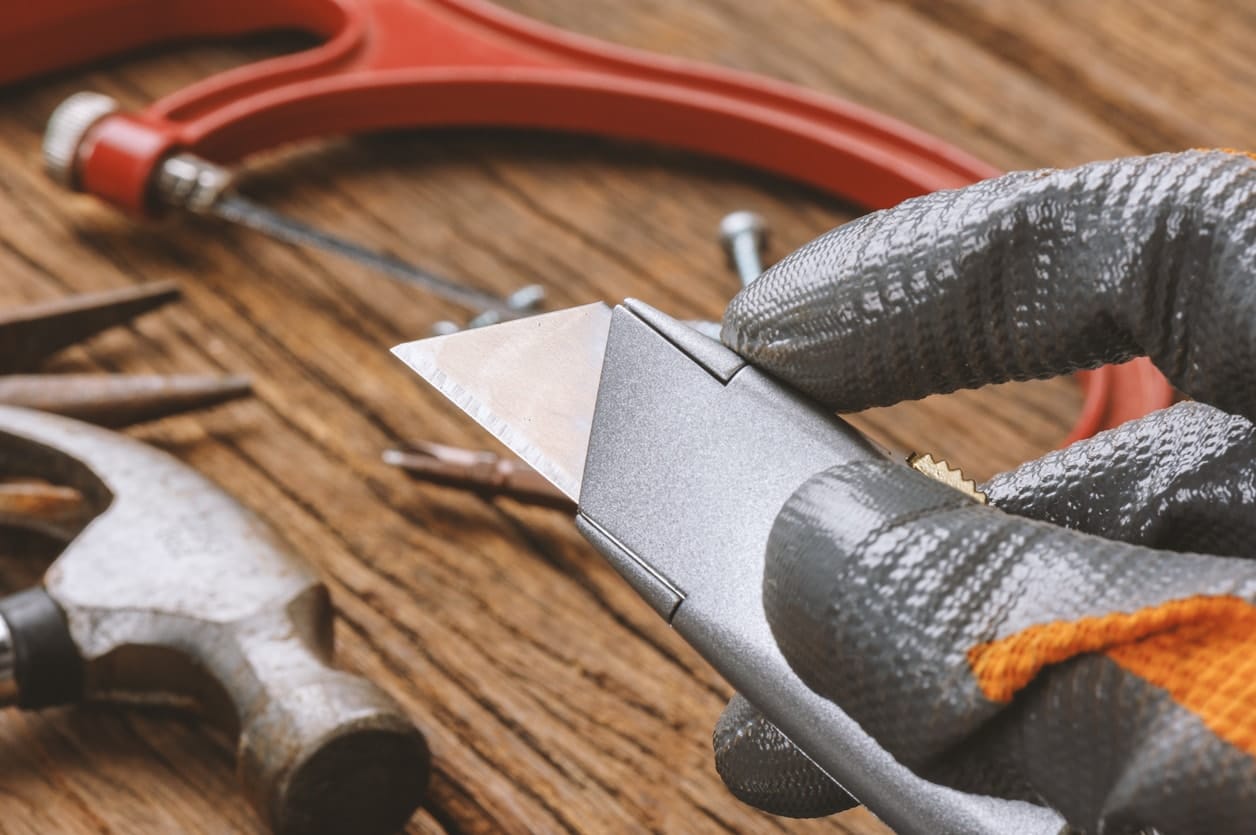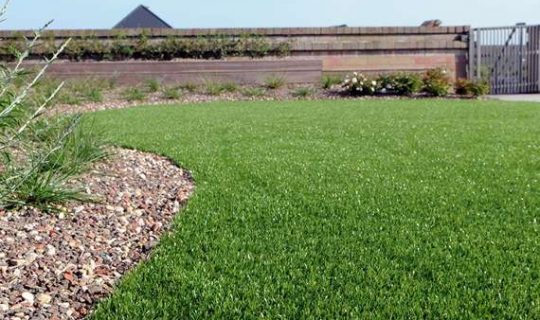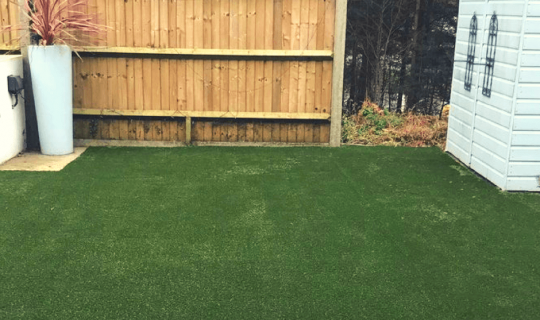
Keeping the Kids Entertained this Summer
Keeping the kids entertained can be difficult at the best of times, especially during the summer break. Are you struggling with inspiration and wanting to make the most of your garden this summer? We have some fun ideas that will get the whole family involved and in the garden!
The Classics
Games played and passed on from one generation to the next. These games are timeless.
1. Swingball – need we say more? Hours of fun – even if you’re playing on your own!
2. Making dens – there is something quite magical about building dens in the garden. It’s an adventure in itself trying to find materials to make the den out of – old sheets or curtains, battered logs or simply some cardboard boxes. Once it’s made comes the fun part – decorating. Do you have old furniture lying around which can be used in the den?
3. Piggy in the middle – a simple but fun game for all the family. Even the dog can get involved!
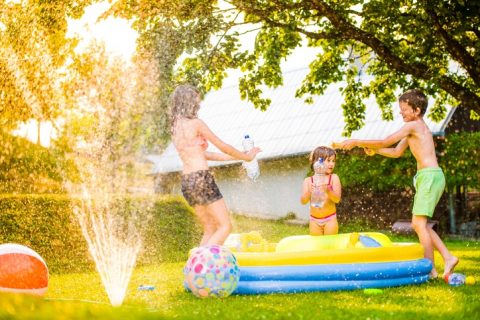

For Those Who Like to Explore
There are many things to find in the garden – natural or otherwise. The look of satisfaction on your little ones faces will be totally worth the muddy fingers.
1. Play the archaeologist – plant some toys or treasures around the garden for your children to find. They will have hours of fun digging to see what hidden treasures they can find. If your children are younger you can use a sand pit table and hide toys in the sand for them to dig out. You may even have a mini Indiana Jones in your midst!
2. Something for the brave – try and find as many insects as you can. Children love this game and are not shy about getting dirty and stuck in. This game is also a great numbers game as the children can count each one they’ve managed to find.
3. For nature lovers – show your children some pictures of various flowers and plants in your garden and ask them to find it. For each they find, reward them with a fun fact or a healthy treat (or not!).
Get Moving
If you’re sporting types, then why not hold your own Olympics? Whether it’s a one-day event or you spread it across the summer, there’s no better way to get little ones moving.
- Length-of-the-garden race. However long your garden is – get your kids and their friends to run the length and back.
- Football. If you’re lovers of the sport, then consider a tournament! If not, a how-many-can-you-get-to-the-back-of-the-net competition will do.
- Bowling. Grab a lawn game set and have a see if you can knock over the skittles!
- Jumping. How high, how far. Get the tape measure out and see who wins!

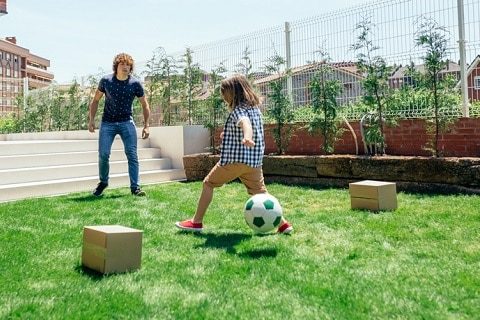
Take the Heat Off
There’s nothing kids love more, than a water fight on a hot day. With that in mind, why not transform your garden into the ultimate waterpark complete with hosepipes, sprinklers and a paddling pool. Create your own slip n’ slide using a large sheet of tarpaulin and hosepipes – then see who can slide the longest! Fill balloons with water, to create a water balloon pinata, which is sure to bring fun and a much needed cool down to all the family!
Gardening
Help the children understand the garden from a young age and get them to help you with planting flowers, herbs or seeds. By planting themselves they’ll have more of an interest in its progress. You could even hold sunflower races to see which sunflower grows to be the tallest.
As you can see the garden really is a great playground for you and the family. However if you have a lawn which is more Sahara Desert than play-pit then it might be time to consider artificial grass so your lawn is play-time ready all year round.

